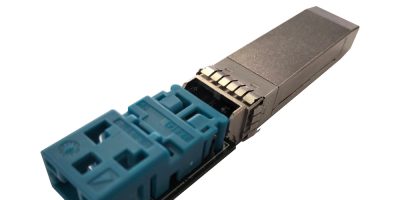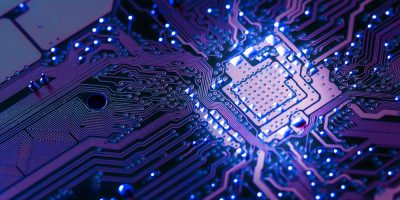KDPOF has developed and validated the first 1000BASE-RH SFP module for optical Gbit connectivity in vehicles. The small form factor pluggable (SFP) transceiver module is based on a standard SFP supporting multi-source agreement registers via I2C bus. The module can operate at 100 and 1,000Mbit per second. It integrates the whole 1000BASE-RHC PHY and the header connector for SI-POF optical harness.
The SFP module has been tested and validated in a functional demo. According to Carlos Pardo, CEO and co-founder of KDPOF, who described it as the first milestone for future commercial optical 1000BASE-RH SFP modules, for integration into the optical ecosystem in automotives.
The SFP supports 1000BASE-X, 100BASE-X, and SGMII (with and without auto-negotiation) as electrical interfaces. It monitors the received optical power, the link margin, the junction temperature, and the supply voltages, among others.
The SFP design has been sampled and validated. KDPOF and Ethernet network testing and visibility tool company, Aukua Systems, are collaborating to optimise the 1000BASE-RHC SFP and make it available in Q3 2022.
Fabless semiconductor supplier KDPOF provides high speed optical networking for harsh environments. Making Gbit communications over fibre optics a reality, KDPOF technology supplies 1Gbit per second POF links for automotive, industrial, and home networks. KDPOF was founded in 2010 in Madrid, Spain, and offers technology as either ASSP or intellectual property (IP) to be integrated in SoCs. The adaptive system works with a range of optoelectronics and low cost large core optical fibres, which provide carmakers low risk, low cost and short time-to-market, claimed the company.







